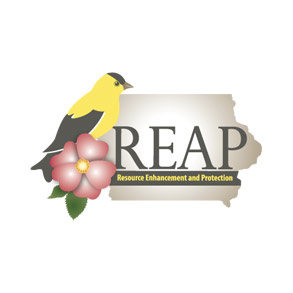Cactus in Iowa
This series of pictures shows the traits and presence of the prickly pear cactus in different seasons.
Welcome to the Iowa Science Phenomena website! The goal of this website and service is to create, curate, collect and share a growing collection of user-generated, media-based, standards aligned, science phenomena resources for use in Iowa classrooms, as well as support Iowa teachers as they continue to implement phenomena-based and place-based teaching practices.
There are several ways you can be involved in this project:
This series of pictures shows the traits and presence of the prickly pear cactus in different seasons.
One tree in this forest is not standing upright like the other trees.
Stomata in tulips are important parts of the photosynthesis and cellular respiration processes.
The Iowa Wind and Rock is a physically demanding bicycle race in Iowa.
Animal scat can be examined to determine evolutionary relationships in the animals.
Chloride levels were tested and monitored in several local waterways after the first snow melt to determine street salt impact on local waterways.
Startled fish cause a wave surge as their individual movements constructively interfere.
Icicles on a roof appear to be sideways, rather than perpendicular to the ground.
The state has a variety of surface water and underground water resources.
Many people believe Iowa’s landscape is nothing more than flat plains. However, the landscape in northeast Iowa is very different than the rest of the state.
During the early Paleozoic, much of Iowa was covered by a shallow sea.
Lake Superior agates can be found in and around the Volga and Turkey rivers.




